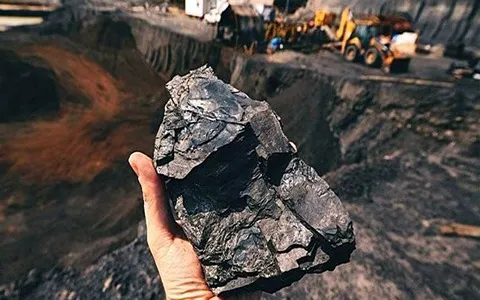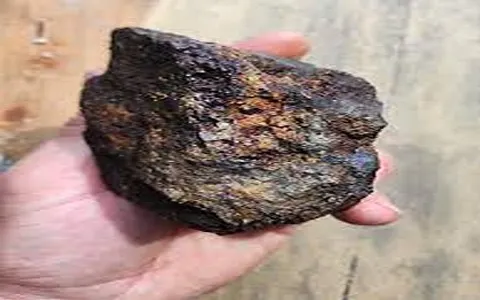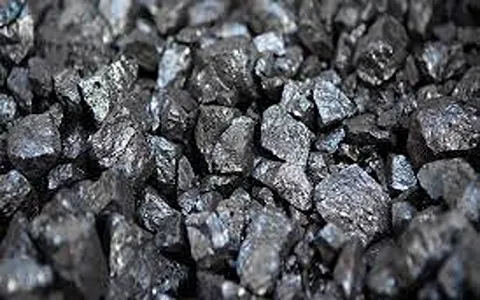Iron ore quality is a crucial factor in the mining industry, as it determines the value and usability of the metal extracted from the ore.
When it comes to iron ore, quality refers to the composition of the ore and its physical characteristics, such as the iron content, impurities present, and the particle size distribution.
Understanding and evaluating the quality of iron ore is vital for mining companies, steel producers, and other industries that rely on this essential raw material.

iron ore quality
One of the most critical aspects of iron ore quality is the iron content, which is typically expressed as a percentage.
The higher the iron content in the ore, the more valuable it is for steel production.
Iron ore with high iron content is also more efficient to process, as it requires less energy and resources to extract the iron and remove impurities.

The iron content of iron ore can vary significantly, ranging from as low as 20% to as high as 70% or more, depending on the type of deposit and the mining location.
In addition to iron content, the presence of impurities in iron ore can also impact its quality.
Common impurities found in iron ore include silica, alumina, phosphorus, and sulfur, among others.
These impurities can affect the properties of the final steel product, leading to lower quality and reduced performance.
Steel producers must carefully control the levels of impurities in the iron ore feed to ensure the desired quality of the steel output.
Particle size distribution is another essential factor in assessing iron ore quality.
The particle size of the ore affects its flow properties, bulk density, and sintering characteristics during the steelmaking process.

Iron ore with a narrow particle size distribution is preferred for many steelmaking applications, as it promotes uniform mixing and sintering of the ore particles.
Consistent particle size distribution can help optimize the performance of blast furnaces and reduce the energy consumption required for iron ore processing.
Different types of iron ore deposits exhibit varying quality characteristics.
Hematite and magnetite are two common types of iron ore that differ in their iron content and impurity levels.
Hematite ore typically has higher iron content and lower impurities, making it a preferred choice for steel production.
Magnetite ore, on the other hand, often contains higher levels of impurities but can be beneficiated to improve its quality and make it suitable for steelmaking.

The quality of iron ore is also influenced by the geological and mineralogical characteristics of the deposit.
The geological processes that form iron ore deposits can impact the distribution of iron and impurities within the ore body.
Mineralogical studies help identify the mineral phases present in the ore, providing valuable insights into its processing and quality characteristics.
Understanding the geological and mineralogical aspects of iron ore deposits is essential for mining companies to optimize their operations and produce high-quality iron ore products.

